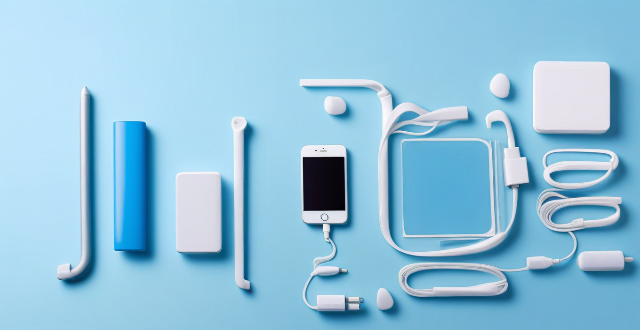Particle Blue

How do electronic devices impact our ability to fall asleep ?
Electronic devices, such as smartphones and laptops, have become an integral part of modern life but their use has raised concerns about their impact on sleep quality and quantity. Exposure to blue light from electronic screens before bedtime can delay the onset of sleep by suppressing the production of melatonin, a hormone responsible for regulating sleep-wake cycles. This means that using electronic devices in the hours leading up to bedtime can make it harder for us to fall asleep. In addition, engaging with stimulating content on electronic devices can lead to mental arousal, making it difficult for us to relax and fall asleep. To reduce the impact of electronic devices on sleep, consider implementing tips such as establishing a relaxing bedtime routine, limiting screen time before bed, creating a technology-free sleep environment, and engaging in mindfulness practices.

Are there any health concerns associated with prolonged use of sports tracking devices ?
Sports tracking devices have become increasingly popular in recent years, as they allow individuals to monitor their physical activity and fitness levels. However, there are potential health concerns associated with the prolonged use of these devices. One major concern is the excessive reliance on data provided by sports tracking devices. While it is helpful to track your progress and set goals, relying solely on the numbers can lead to a disconnect between how you feel physically and what the device is telling you. This can result in overtraining or pushing yourself too hard, which can cause injuries or burnout. Another issue is the neglect of other aspects of fitness that cannot be measured by sports tracking devices. For example, flexibility, balance, and coordination are important components of overall fitness but are often overlooked when focusing solely on metrics like steps taken or calories burned. This can lead to imbalances in your fitness routine and potentially increase your risk of injury. Prolonged use of sports tracking devices can also cause skin irritation or allergies due to the materials used in the device's construction. Some people may be sensitive to certain metals, plastics, or adhesives used in the device, which can cause redness, itching, or swelling at the site of contact. Additionally, wearing a sports tracking device constantly can create a warm, moist environment on your skin that is ideal for bacterial growth. This can increase your risk of developing infections such as cellulitis or folliculitis, especially if you do not clean the device regularly or give your skin a chance to breathe by removing the device occasionally. Many sports tracking devices also have sleep tracking functionality, which can be helpful for monitoring your sleep patterns and identifying areas for improvement. However, relying too heavily on this feature can disrupt your natural sleep cycle and contribute to poor sleep quality. The constant monitoring and analysis of your sleep data can create anxiety around getting enough rest, leading to increased stress levels and further sleep disturbances. Another issue related to sleep disruption is the blue light emission from many sports tracking devices. Blue light has been shown to suppress melatonin production, a hormone responsible for regulating sleep-wake cycles. Exposure to blue light before bedtime can make it more difficult to fall asleep and stay asleep throughout the night. To mitigate these risks, it is recommended to: - Balance Data with Self-Awareness: Use the data provided by sports tracking devices as a guide rather than a definitive measure of your fitness level. Pay attention to how your body feels during exercise and listen to any signs of fatigue or discomfort. - Incorporate Variety into Your Fitness Routine: Include activities that focus on flexibility, balance, and coordination in addition to those that can be tracked by sports tracking devices. This will help ensure a well-rounded fitness routine and reduce the risk of injury. - Maintain Proper Hygiene: Clean your sports tracking device regularly according to the manufacturer's instructions and give your skin a chance to breathe by removing the device occasionally. This will help prevent skin irritation and reduce the risk of infection. - Limit Sleep Tracking and Blue Light Exposure: Be mindful of how much you rely on sleep tracking features and avoid using devices that emit blue light before bedtime. This will help maintain healthy sleep patterns and promote overall well-being.

Are there any specific colors or patterns that are more suitable for women's office attire ?
When it comes to office attire, women often have a wide range of options to choose from. However, certain colors and patterns are considered more suitable than others for a professional environment. Neutral colors such as black, gray, navy blue, and beige are classic choices that are versatile and professional-looking. Pastels such as light pink, baby blue, and lavender can add a touch of color without being too bold or distracting. Bright colors such as red, orange, and yellow should be used sparingly and balanced with neutrals or other muted tones. When it comes to patterns, stripes, florals, and polka dots are all classic choices that can add visual interest to an outfit while still maintaining a professional appearance.